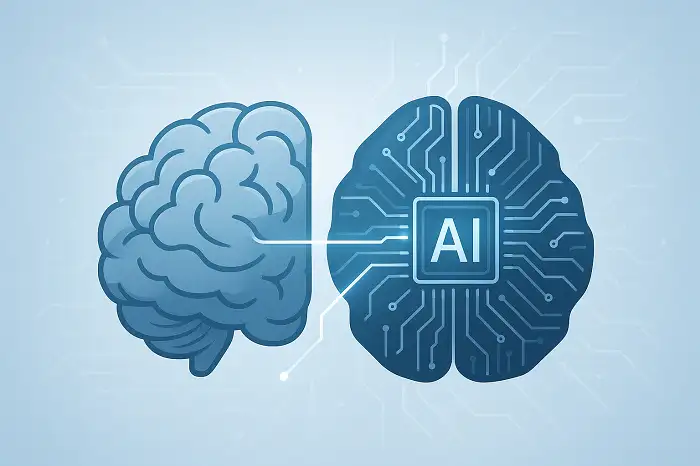Table of Contents
Emergentism
Emergentism is the name that has recently been given to a general approach to cognition that stresses the interaction between organism and environment and that denies the existence of pre-determined, domain specific faculties or capacities. Emergentism thus offers itself as an alternative to modular, ‘special nativist’ theories of the mind, such as theories of Universal Grammar (UG). In language acquisition, emergentists claim that simple learning mechanisms, of the kind attested elsewhere in cognition, are sufficient to bring about the emergence of complex language representations.
Ellis (1997) outlines an emergentist, constructivist and empiricist view of language learning that incorporates the key precepts of connectionism in this way:
- Learning is based on simple learning mechanisms. Emergentism assumes a relatively simple learning mechanism and a massively complex environment. N. Ellis disputed the view held by generative linguistics that such a complex phenomenon as language can only be learnt if it is assumed that humans are endowed genetically with a language specific learning device. In other words, in emergentism, a reflection of how complex structures ‘emerge’ out of simple and basic forms, is always central.
- Language is exemplar, rather than rule-based. Learning consists of sequences of sounds, letters, words and phrases. N. Ellis rejected the symbolist account of language and language learning, arguing that language is governed by an ‘idiom principle’ and that the data that learners obtain from the input are ‘chunks’ such as lexical phrases that are stored as memories.
- Learning a language involves learning ‘constructions’. Constructions are recurrent patterns of linguistic elements that serve some well-defined linguistic functions.
- Learning is a process of gradually strengthening associations between elements. That is, the association strengths among units are spontaneously modified. Interconnection strengths are derived through experience. It is this that the computer models of parallel distributed processing sought to capture.
- Rule-like representations may arise out of the network of associations that learners build. Learners analyse the sequences they have learnt, abstracting structural regularities from them, and in this way, bootstrap themselves to ‘grammar’.
- Processing is carried out in parallel and simultaneously rather than serially.
- Language learning is frequency-driven: Learners are sensitive to the frequencies of sequences in the input. N. Ellis viewed input frequency as “an all-pervasive causal factor”.
- Learning is governed by the power law of practice: Practice improves performance but with a gradually diminishing effect. The effects of practice are linked to ‘chunking’, which N. Ellis defined as ‘the development of permanent sets of associative sections in long-term storage that underlie the attainment of automaticity and fluency in language. Chunking explains exponential learning. In this respect, connections models do not differ greatly from skill-building models which are based on the proceduralisation of declarative knowledge through practice.
- Role of memory: Working memory plays a major role in the processes outlined above. The more frequently items are rehearsed in phonological short-term memory, the more likely they are to be stored in long-term memory in a form that will make them more easily accessed later.
- Implicit Learning: As Hulstijn points out, it could not be anything else as it is an autonomous and unstoppable process, and learners cannot be aware of any change in the weights of the connections that comprise their neural system.
- Explicit Learning and Knowledge: As claimed by Schmidt, learners need to attend to sequences in the input and that this noticing is a conscious process. Thus, in part, language learning is also an explicit process.
- Role of L1: The effects of L1 are very evident in L2 acquisition.
In emergentist account of language acquisition, knowledge is not seen as rules, nor is there any distinction drawn between ‘declarative’ and ‘procedural’ knowledge. A good example of an emergentist account can be found in Larsen-Freeman’s and Cameron (2008) application of chaos theory to L2 acquisition.
References
- Ellis, R. (1997). Second language acquisition. Oxford: Oxford University Press.
- Larsen-Freeman, D., & Cameron, L. (2008). Complex systems and applied linguistics. Oxford: Oxford University Press.



